Home>Gardening & Outdoor>Plant Care & Gardening Tips>What Happens When A Wildflower Dies
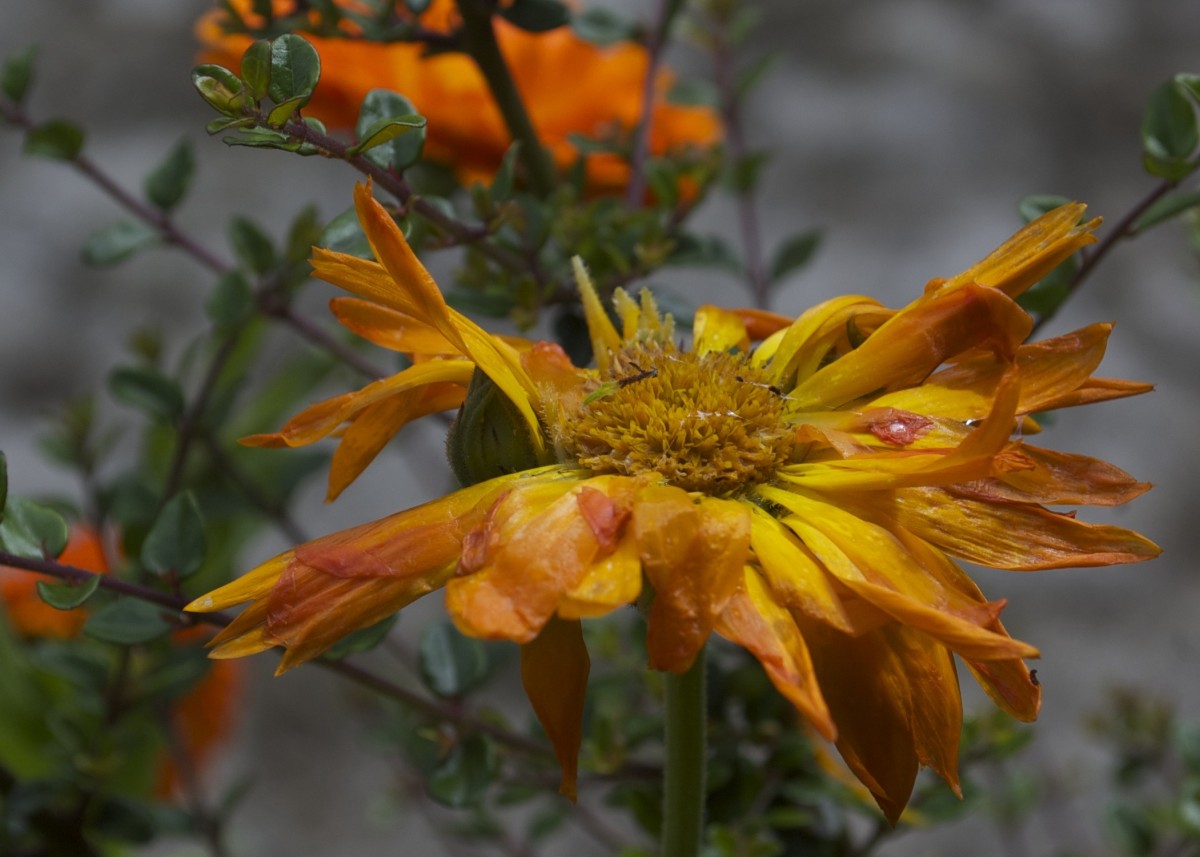

Plant Care & Gardening Tips
What Happens When A Wildflower Dies
Published: December 24, 2023
Discover the lifecycle of wildflowers and learn how to care for them with expert gardening tips. Find out what happens when a wildflower reaches the end of its life cycle. Explore plant care and gardening advice to ensure your wildflowers thrive.
(Many of the links in this article redirect to a specific reviewed product. Your purchase of these products through affiliate links helps to generate commission for Storables.com, at no extra cost. Learn more)
**
Introduction
**
Wildflowers, with their vibrant colors and delicate beauty, are a cherished part of the natural world. They bring joy to hikers, photographers, and nature enthusiasts alike. However, the life of a wildflower is not endless, and understanding what happens when a wildflower dies is an essential part of appreciating their place in the ecosystem. In this article, we will explore the life cycle of wildflowers, the factors that can lead to their demise, the ecological impact of their death, and the crucial role they play in nutrient cycling and decomposition. By delving into these aspects, we can gain a deeper appreciation for the intricate web of life in which wildflowers are a vital component. So, let's embark on a journey to unravel the mysteries of what happens when a wildflower reaches the end of its life cycle.
Wildflowers, with their ephemeral blooms and unique adaptations, have captivated humans for centuries. From the majestic sunflower fields to the delicate bluebells carpeting the forest floor, wildflowers are a source of inspiration and wonder. However, their life cycle is not just about the beauty they bring; it is also about their role in the ecosystem. Understanding the intricacies of their life and death can foster a profound connection to the natural world and cultivate a deeper respect for the cycle of life. Join me as we uncover the secrets of what happens when a wildflower bids its final farewell.
Key Takeaways:
- Wildflowers go through a life cycle of germination, growth, reproduction, and eventual death, contributing to the balance of ecosystems and showcasing nature’s resilience and fragility.
- When wildflowers die, they impact pollinators, wildlife, soil health, and the aesthetic and cultural significance of the natural world, while also becoming essential players in the process of decomposition and nutrient cycling.
Read more: What Happens If My Thermostat Batteries Died
The Life Cycle of a Wildflower
Wildflowers, like all living organisms, go through a life cycle that encompasses germination, growth, reproduction, and ultimately, death. This cycle is a fundamental part of the natural world, contributing to the intricate balance of ecosystems. It begins with the germination of a seed, often triggered by specific environmental cues such as temperature, moisture, or light. Once the seed sprouts, it develops into a seedling, establishing its roots in the soil and embarking on a journey of growth.
As the wildflower matures, it enters the reproductive phase, marked by the emergence of flowers. These blooms are not merely ornamental; they play a crucial role in the plant’s survival by attracting pollinators such as bees, butterflies, and birds. Through the process of pollination, the wildflower produces seeds, ensuring the continuation of its species. The seeds, often contained within the spent blooms, are dispersed by various means, including wind, animals, or water, allowing the cycle to begin anew.
However, the life of a wildflower is not indefinite. As the seasons change and environmental conditions fluctuate, wildflowers face numerous challenges that can lead to their demise. Factors such as extreme weather events, competition for resources, predation, disease, and aging can all contribute to the end of a wildflower’s life. When a wildflower dies, it marks the completion of its life cycle, but it also sets in motion a series of ecological processes that are integral to the functioning of the ecosystem.
Understanding the life cycle of a wildflower provides us with a glimpse into the resilience and adaptability of these remarkable plants. From the humble seed to the resplendent bloom, and finally to the withering of age, the life cycle of a wildflower is a testament to the enduring beauty and fragility of nature.
Factors Leading to the Death of Wildflowers
While wildflowers possess remarkable resilience, they are vulnerable to a myriad of factors that can contribute to their eventual demise. Understanding these factors is essential for appreciating the challenges that wildflowers face in the natural world.
- Extreme Weather Events: Wildflowers are susceptible to the impact of extreme weather conditions, including droughts, floods, frosts, and heatwaves. These events can place immense stress on wildflower populations, disrupting their growth and reproductive cycles and ultimately leading to their decline.
- Competition for Resources: In the competitive world of ecosystems, wildflowers often contend with other plant species for essential resources such as sunlight, water, and nutrients. Intense competition can limit the growth and survival of wildflowers, particularly in densely populated plant communities.
- Predation and Herbivory: Wildflowers are not immune to the appetites of herbivorous animals and insects. Grazing by mammals, browsing by deer, and feeding by insects can significantly impact wildflower populations, especially in areas where natural predators are scarce.
- Disease and Pathogens: Like all living organisms, wildflowers are susceptible to diseases caused by pathogens such as fungi, bacteria, and viruses. These diseases can weaken the plants, impede their growth, and ultimately lead to their demise.
- Aging and Senescence: As wildflowers reach the end of their life cycle, they undergo senescence, a natural aging process that results in the deterioration of vital functions. This gradual decline ultimately leads to the death of the plant, marking the culmination of its life cycle.
These factors, among others, contribute to the complex tapestry of challenges that wildflowers must navigate throughout their lives. While they are resilient in the face of adversity, the cumulative impact of these factors can tip the balance and lead to the decline and eventual death of wildflower populations.
By recognizing the challenges that wildflowers encounter, we can gain a deeper appreciation for their tenacity and the delicate balance that sustains the natural world. The next time we encounter a wildflower, we can marvel not only at its beauty but also at the resilience it embodies in the face of formidable challenges.
After a wildflower dies, it’s important to leave it in place to provide food and shelter for insects and animals. This process is part of the natural cycle of life and helps support the ecosystem.
Ecological Impact of Wildflower Death
The death of wildflowers reverberates throughout the ecosystem, influencing a myriad of interconnected ecological processes. While it marks the end of a plant’s life, it also sets in motion a series of events that impact other organisms and the environment at large.
Pollinators and Wildlife: Wildflowers play a pivotal role in providing nectar and pollen for a diverse array of pollinators, including bees, butterflies, hummingbirds, and other insects and birds. When wildflowers die, the loss of these floral resources can have a direct impact on the abundance and diversity of pollinators, potentially affecting the reproductive success of other plant species that rely on these pollinators for cross-pollination.
Habitat and Biodiversity: Wildflowers contribute to the structural and functional diversity of ecosystems, providing food and shelter for a wide range of organisms. Their death can alter the availability of resources and microhabitats, potentially influencing the distribution and abundance of other plant and animal species within the ecosystem. This, in turn, can have cascading effects on the overall biodiversity and ecological balance of the environment.
Soil Health and Nutrient Cycling: As wildflowers decompose, they contribute organic matter to the soil, enriching it with essential nutrients. This process of decomposition is facilitated by a diverse community of microorganisms, including bacteria, fungi, and invertebrates, which break down the plant material and release nutrients back into the soil. The death of wildflowers thus becomes an integral part of the nutrient cycling process, sustaining the fertility and health of the soil for future plant growth.
Successional Dynamics: In ecosystems undergoing natural succession, the death of wildflowers can influence the trajectory of vegetation development. As wildflowers make way for new plant species, their death contributes to the dynamic process of ecological succession, shaping the composition and structure of the plant community over time.
Aesthetic and Cultural Significance: Beyond their ecological impact, the death of wildflowers holds cultural and aesthetic significance. These plants have inspired art, literature, and cultural traditions for centuries, and their decline can evoke a sense of loss and nostalgia. Preserving wildflowers and understanding the ecological consequences of their death is thus intertwined with our cultural and emotional connection to the natural world.
The death of wildflowers, while marking the end of individual plants, is a testament to the interconnectedness of life in the natural world. It underscores the intricate web of relationships and dependencies that sustain ecosystems, reminding us of the profound impact of even the most seemingly delicate organisms.
Decomposition and Nutrient Cycling
When wildflowers reach the end of their life cycle and perish, they become integral players in the process of decomposition and nutrient cycling. Their physical remains, rich in organic matter, undergo a transformative journey that profoundly influences the fertility and vitality of the surrounding ecosystem.
Decomposition Process: Upon the death of wildflowers, the process of decomposition begins. This intricate process is orchestrated by a diverse array of decomposers, including bacteria, fungi, and invertebrates, which break down the plant material. As they consume the organic matter, they release enzymes that facilitate the breakdown of complex compounds into simpler forms, ultimately transforming the remains of the wildflowers into humus-rich soil.
Nutrient Release: As the wildflowers decompose, essential nutrients such as nitrogen, phosphorus, potassium, and micronutrients are released into the soil. These nutrients, once locked within the plant tissues, become available for uptake by other plants, fueling their growth and contributing to the overall fertility of the ecosystem. This process is vital for sustaining the health and productivity of the soil, supporting the growth of future generations of plant life.
Soil Enrichment: The organic matter derived from the decomposition of wildflowers enriches the soil, enhancing its structure, moisture retention, and nutrient-holding capacity. This organic amendment fosters a fertile environment for plant growth, providing a reservoir of essential nutrients that nourish the roots of neighboring vegetation.
Microbial Communities: The process of decomposition is driven by a complex network of microorganisms that thrive in the soil. Bacteria, fungi, and other decomposers play a pivotal role in breaking down the organic matter, contributing to the resilience and health of the soil ecosystem. Their activities not only facilitate nutrient cycling but also influence the physical and chemical properties of the soil, shaping its long-term fertility.
Cyclical Nature: The decomposition of wildflowers and the subsequent release of nutrients into the soil form a cyclical pattern of nutrient cycling. This cycle sustains the dynamic equilibrium of the ecosystem, ensuring that essential elements are continuously recycled and made available for the growth of new plant life, perpetuating the intricate web of life in the natural world.
The death of wildflowers, far from being an endpoint, becomes an essential chapter in the perpetual cycle of life, death, and rebirth that characterizes the natural world. Through the process of decomposition and nutrient cycling, wildflowers continue to nurture and sustain the vitality of the ecosystems they once adorned, perpetuating their legacy in the intricate tapestry of nature.
Read more: What Happens When Gutters Are Clogged
Conclusion
The life and death of wildflowers are woven into the very fabric of the natural world, shaping ecosystems, sustaining biodiversity, and perpetuating the cycle of life. As we unravel the mysteries of what happens when a wildflower dies, we gain a profound appreciation for the interconnectedness of all living organisms and the ecological processes that dictate the ebb and flow of life.
From the germination of a seed to the eventual decomposition of a mature plant, wildflowers embody resilience, adaptability, and the capacity to nourish and sustain the environment around them. Their vibrant blooms attract pollinators, their seeds ensure the continuity of their species, and their eventual demise becomes a catalyst for nutrient cycling and soil enrichment.
Understanding the factors that can lead to the death of wildflowers, from extreme weather events to competition for resources, allows us to recognize the formidable challenges that these plants face in their natural habitats. Their vulnerability underscores the delicate balance that sustains ecosystems, emphasizing the need for conservation efforts to preserve their vital role in the environment.
Moreover, the ecological impact of wildflower death extends far beyond the individual plant, influencing pollinators, wildlife, soil health, and the aesthetic and cultural significance of the natural world. Their death becomes a poignant reminder of the interconnectedness of life and the profound influence of even the smallest organisms on the broader ecosystem.
As wildflowers decompose and contribute to nutrient cycling, they perpetuate their legacy, nurturing the soil and sustaining the fertility of the environment. Their remains become the building blocks for future generations of plant life, perpetuating the cycle of growth, decay, and regeneration that characterizes the natural world.
So, the next time you encounter a wildflower, take a moment to marvel at its journey—from seed to bloom, and eventually to its quiet contribution to the vitality of the ecosystem. In their life and death, wildflowers embody the timeless rhythms of nature, reminding us of the intricate beauty and resilience that define the world around us.
Frequently Asked Questions about What Happens When A Wildflower Dies
Was this page helpful?
At Storables.com, we guarantee accurate and reliable information. Our content, validated by Expert Board Contributors, is crafted following stringent Editorial Policies. We're committed to providing you with well-researched, expert-backed insights for all your informational needs.
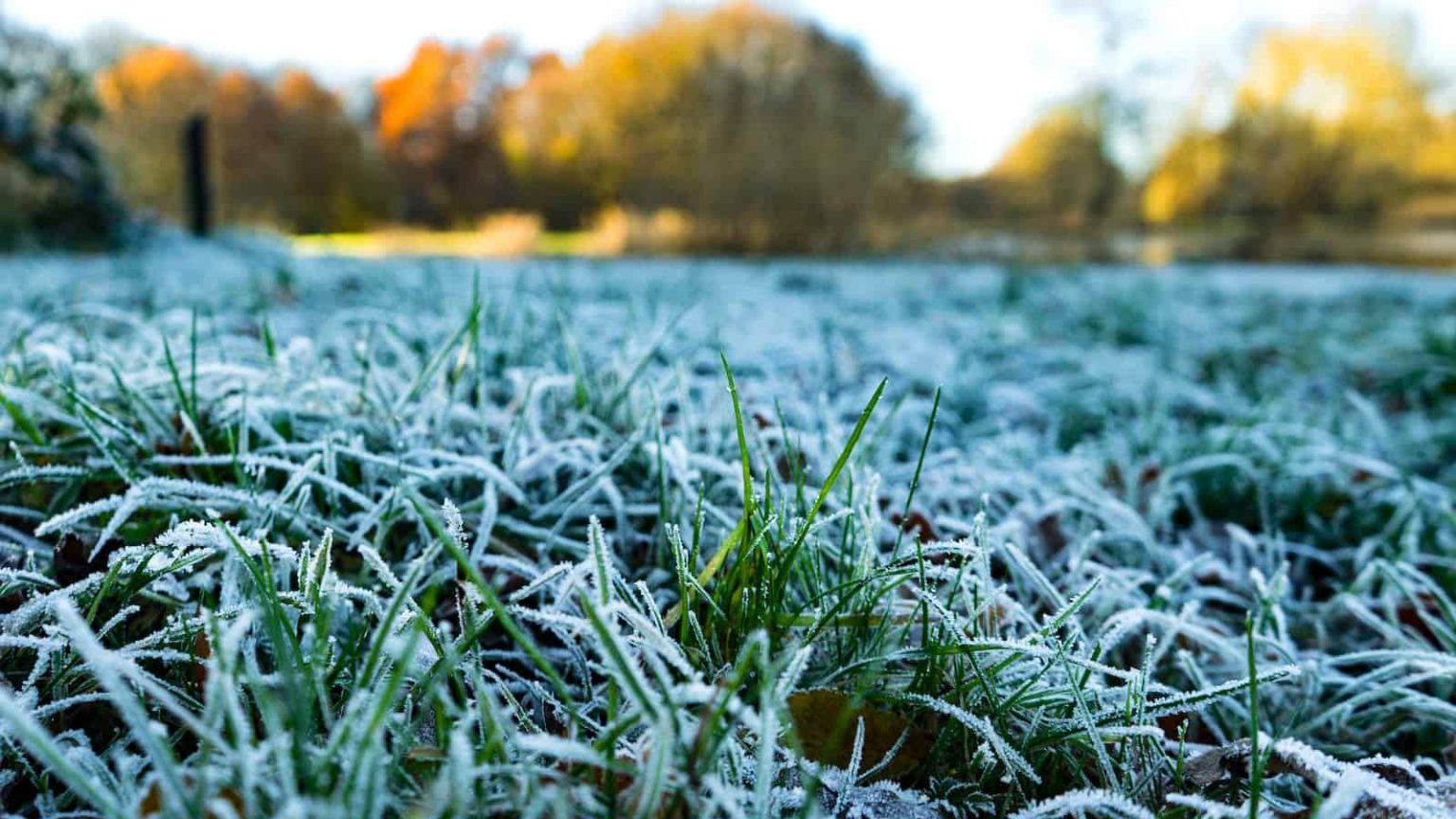
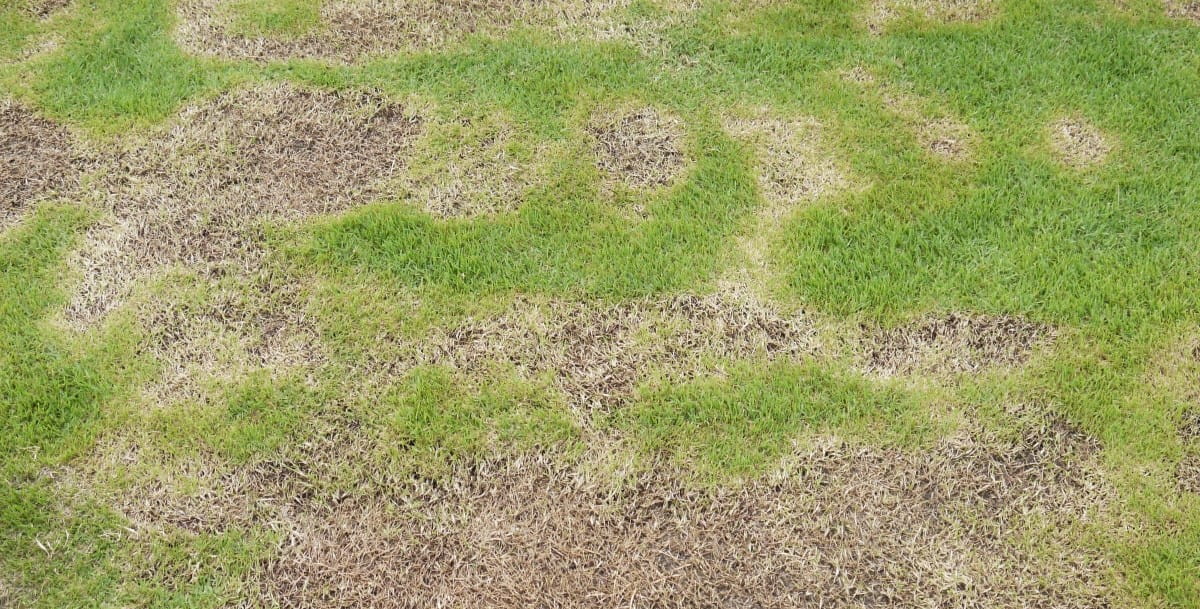
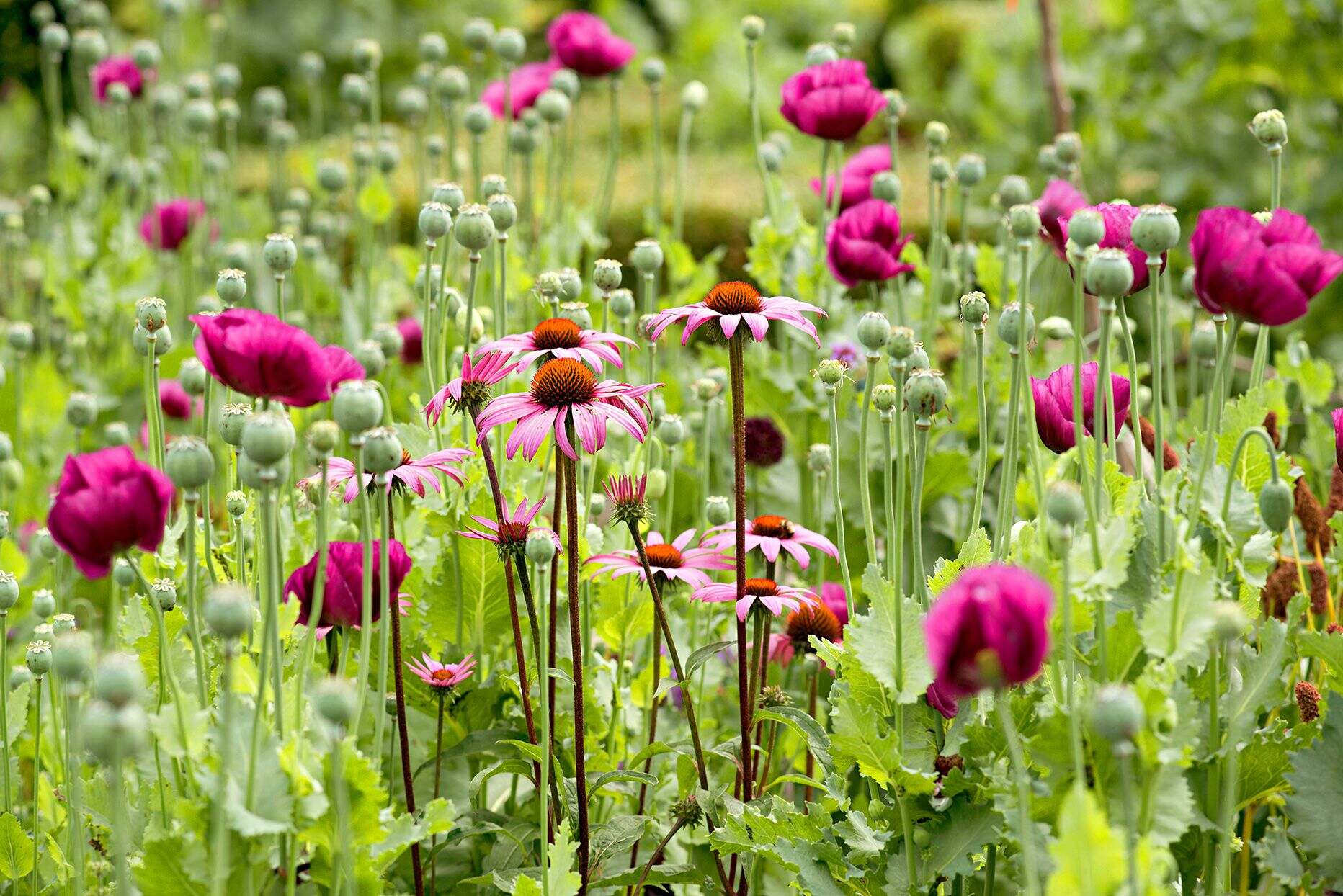
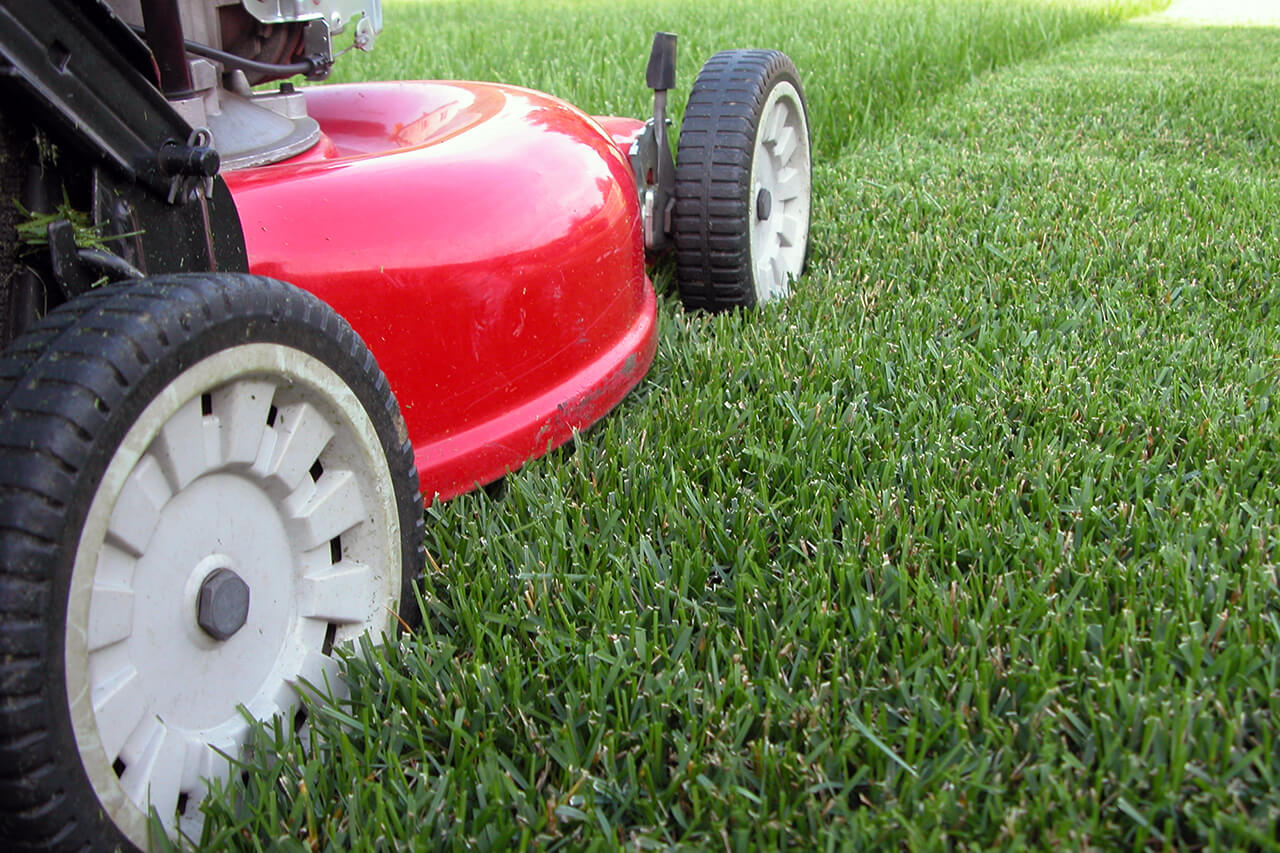
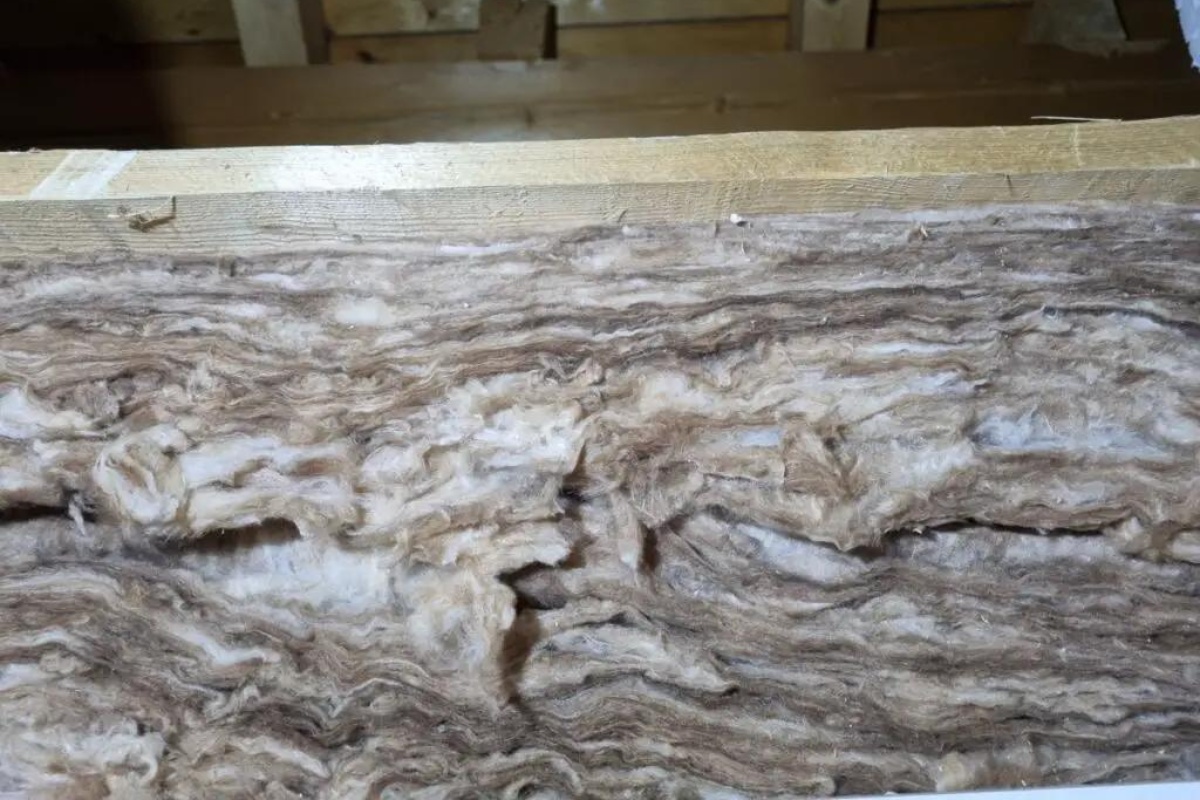
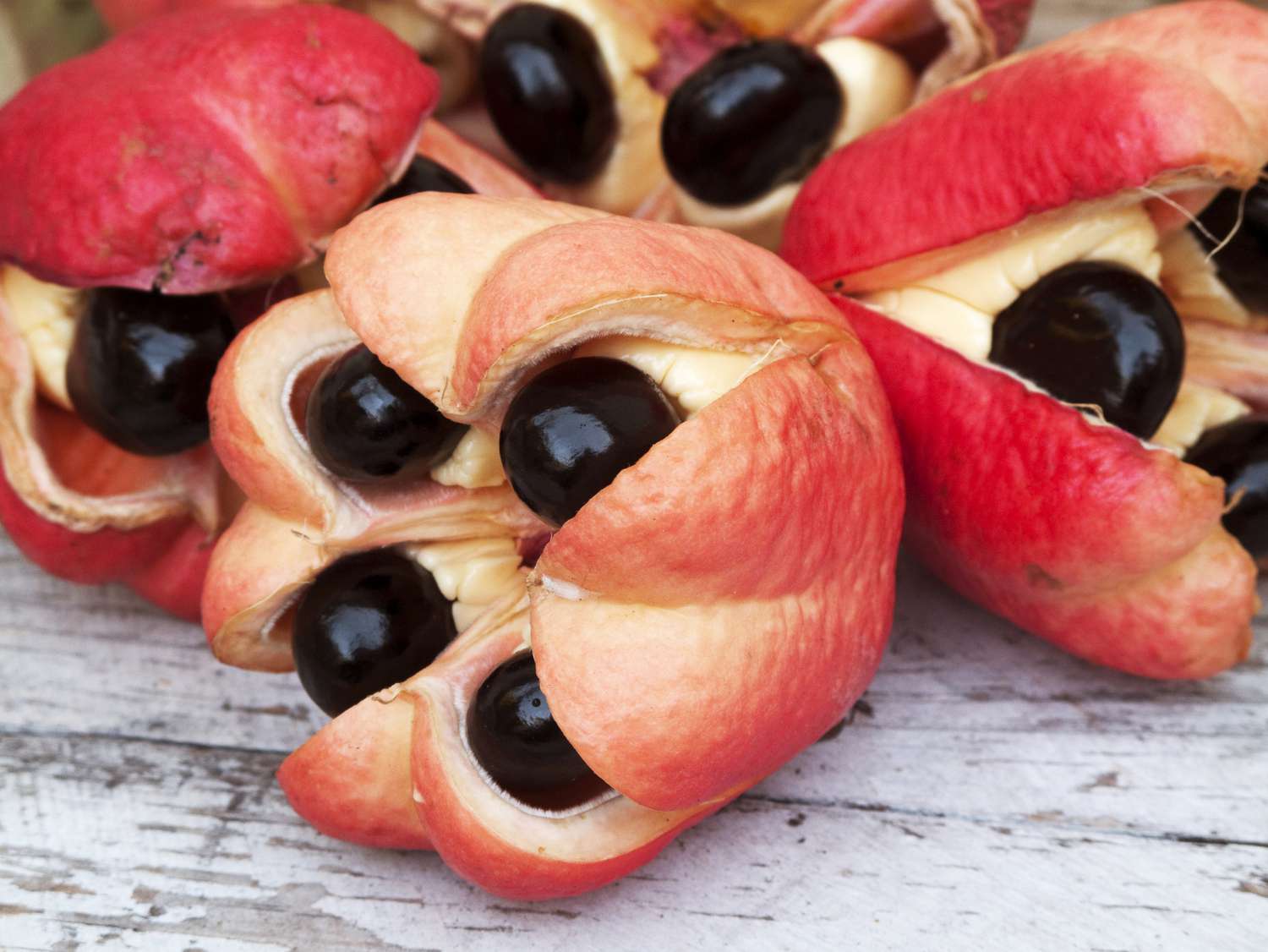

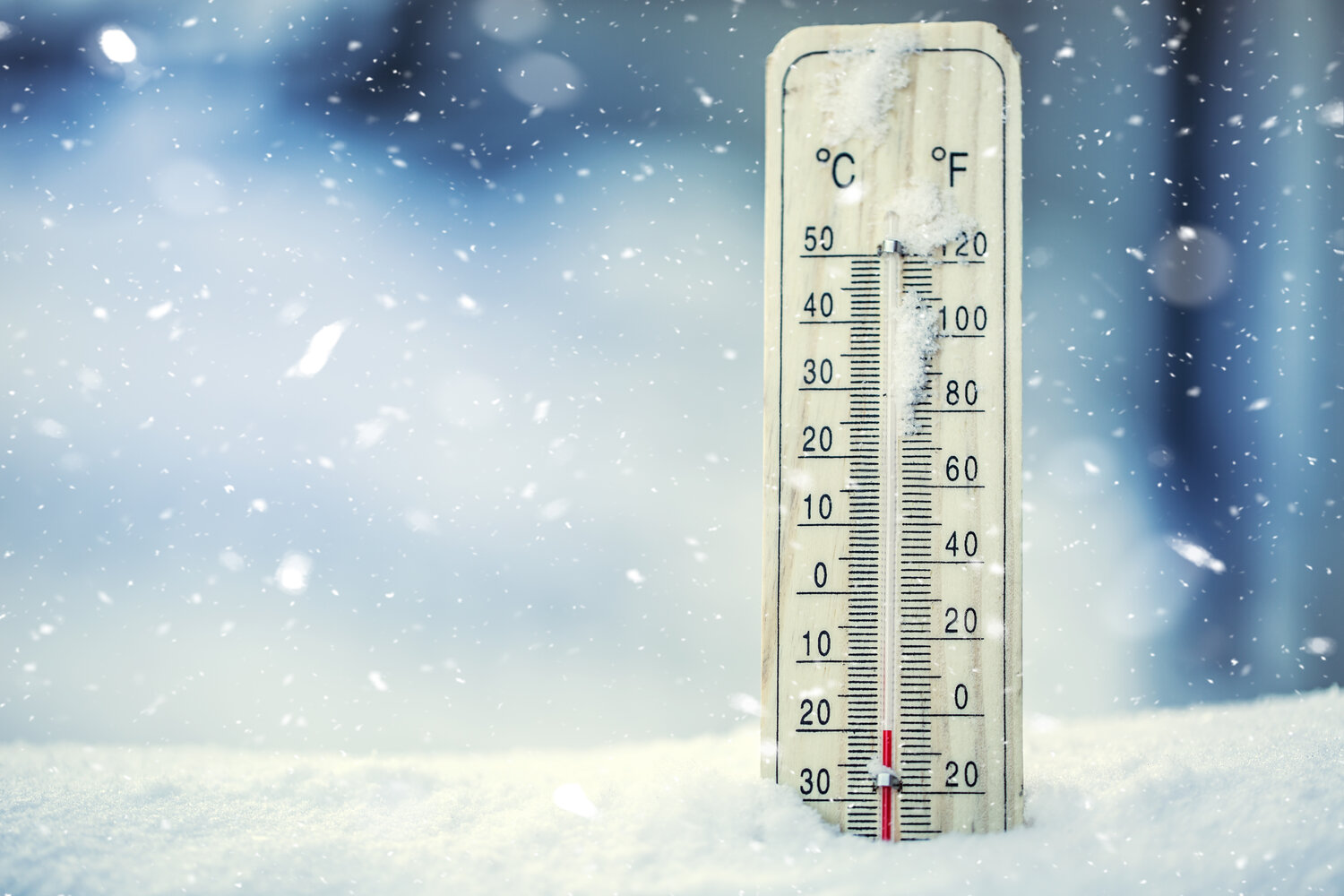
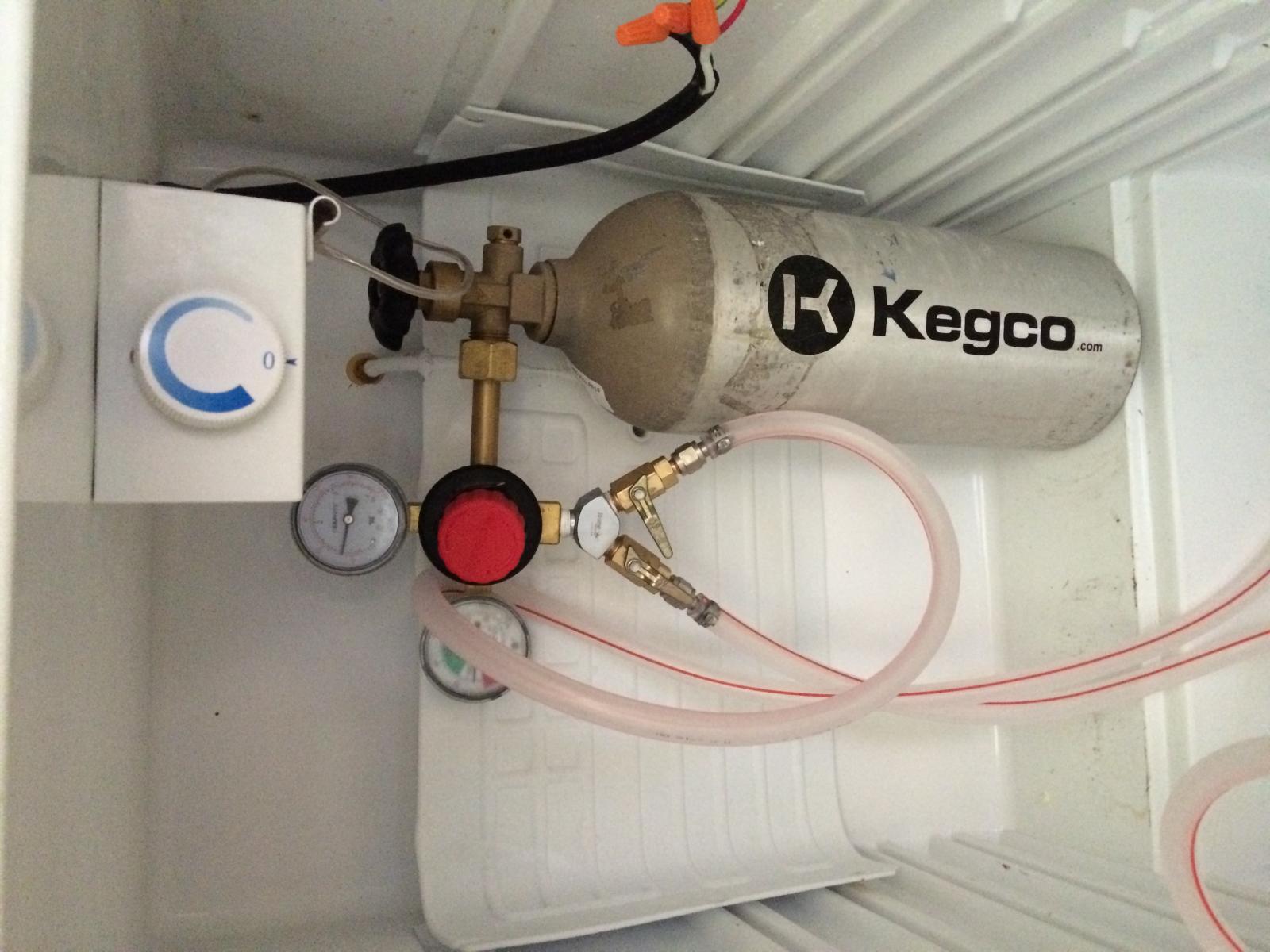

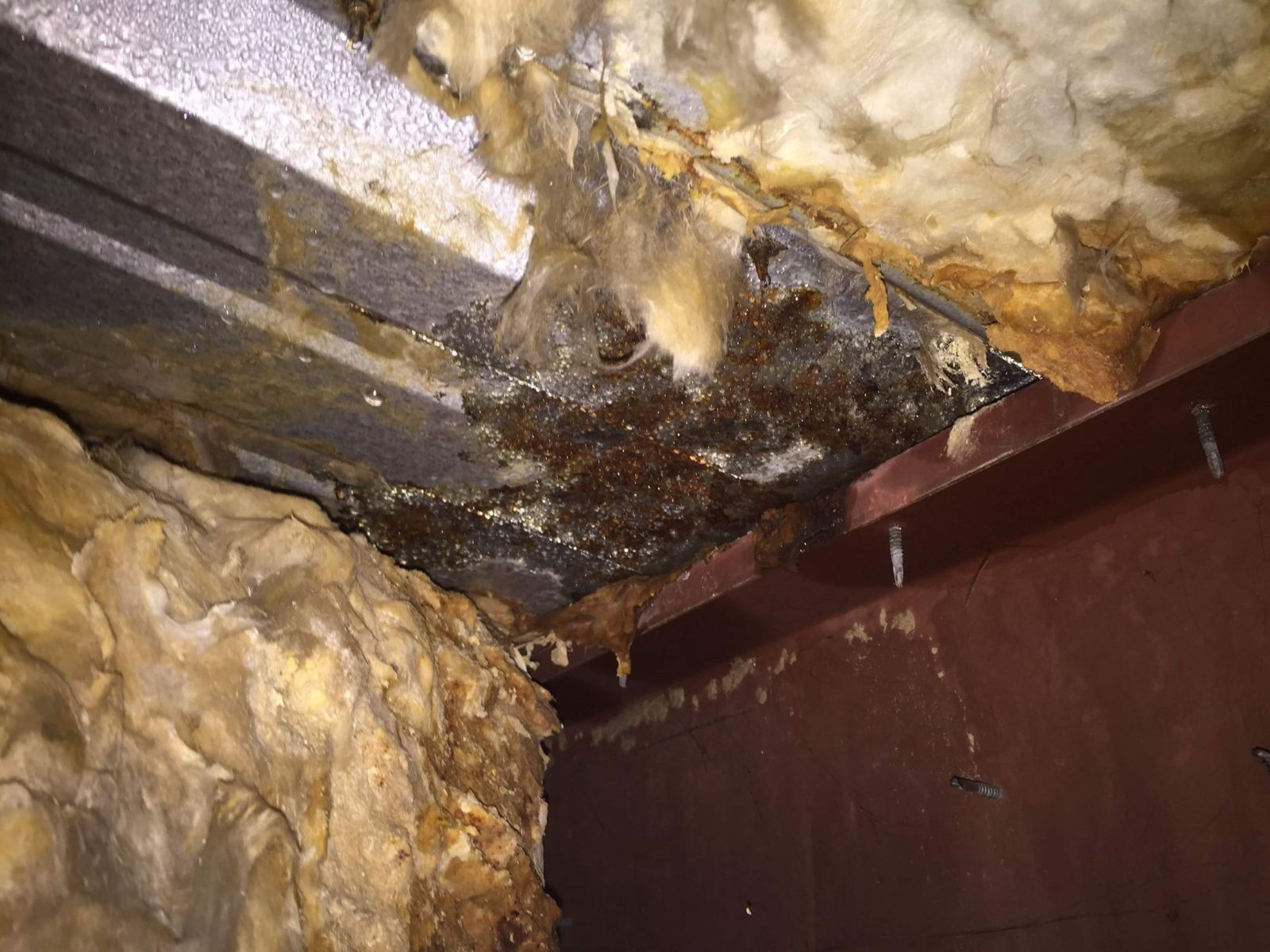
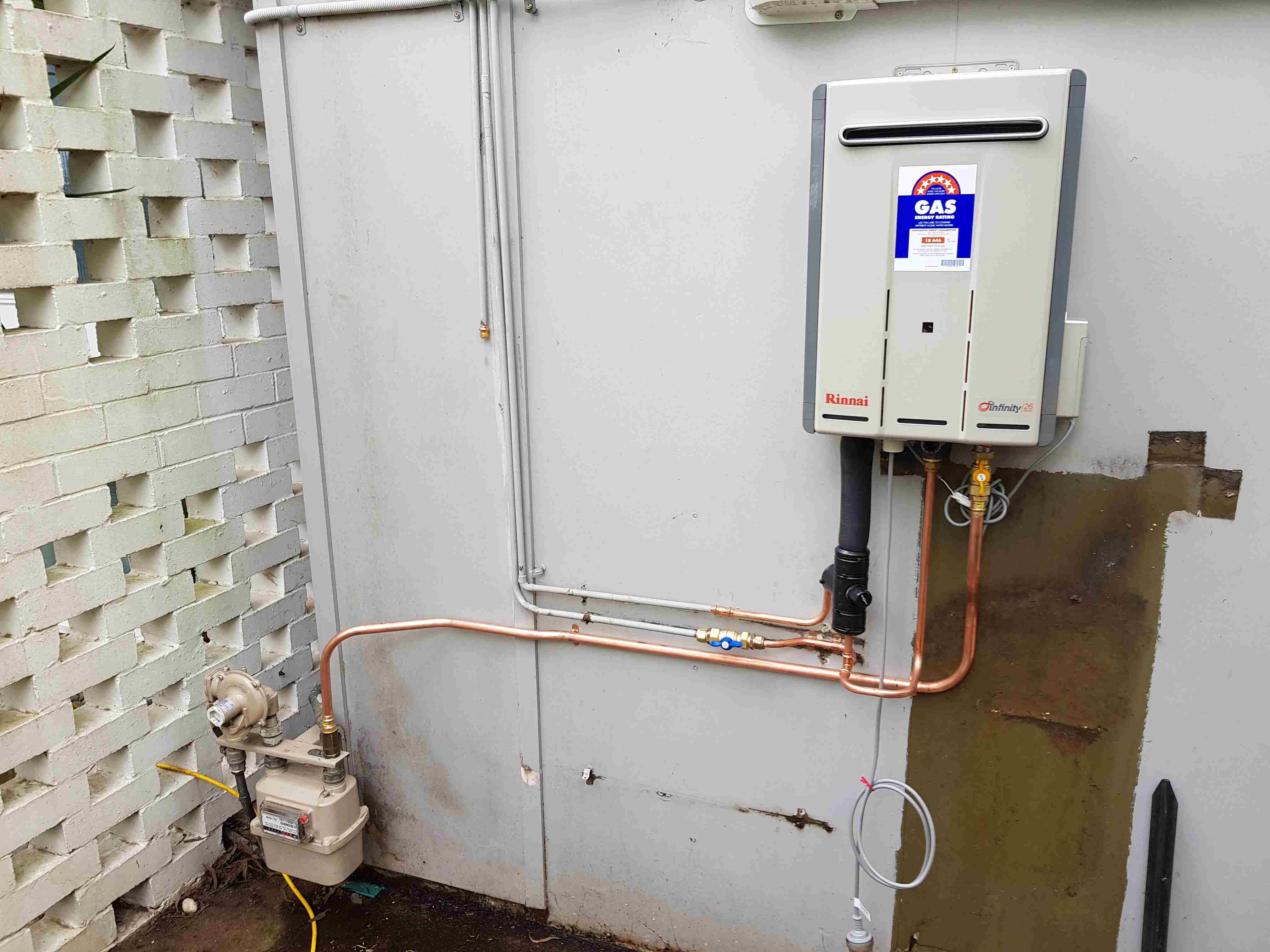
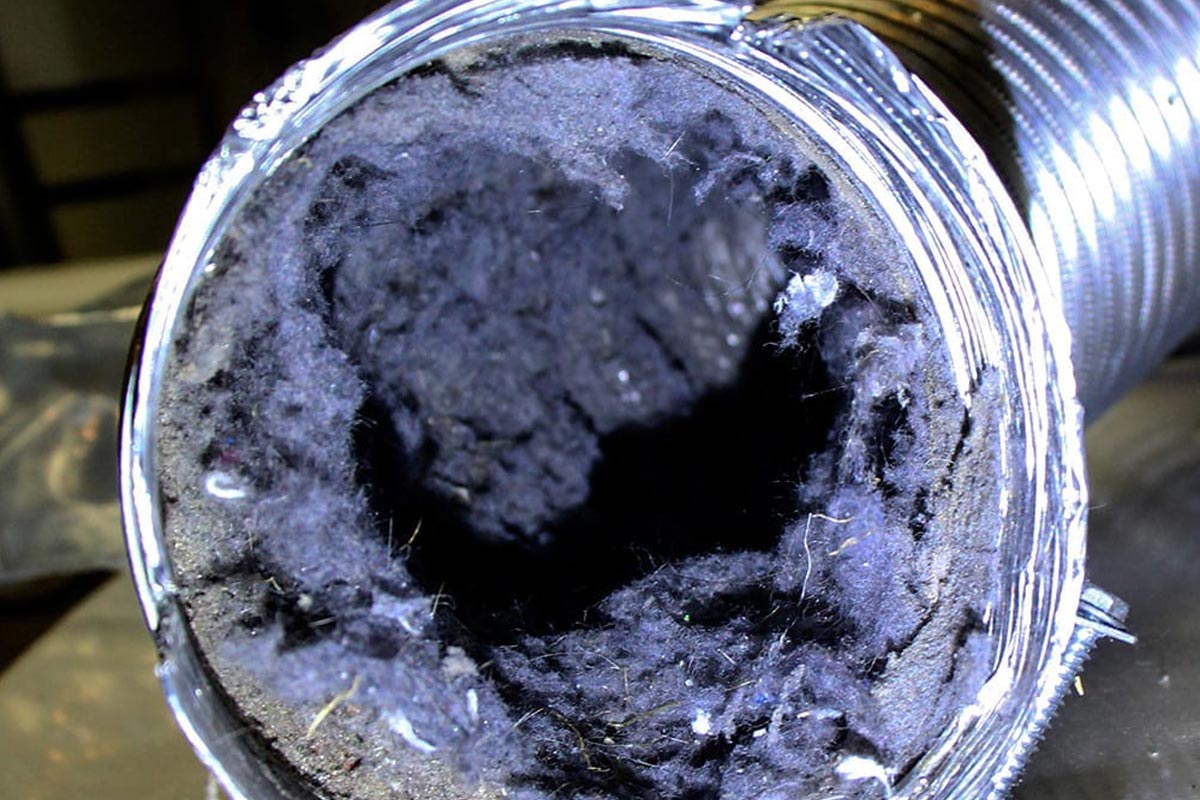
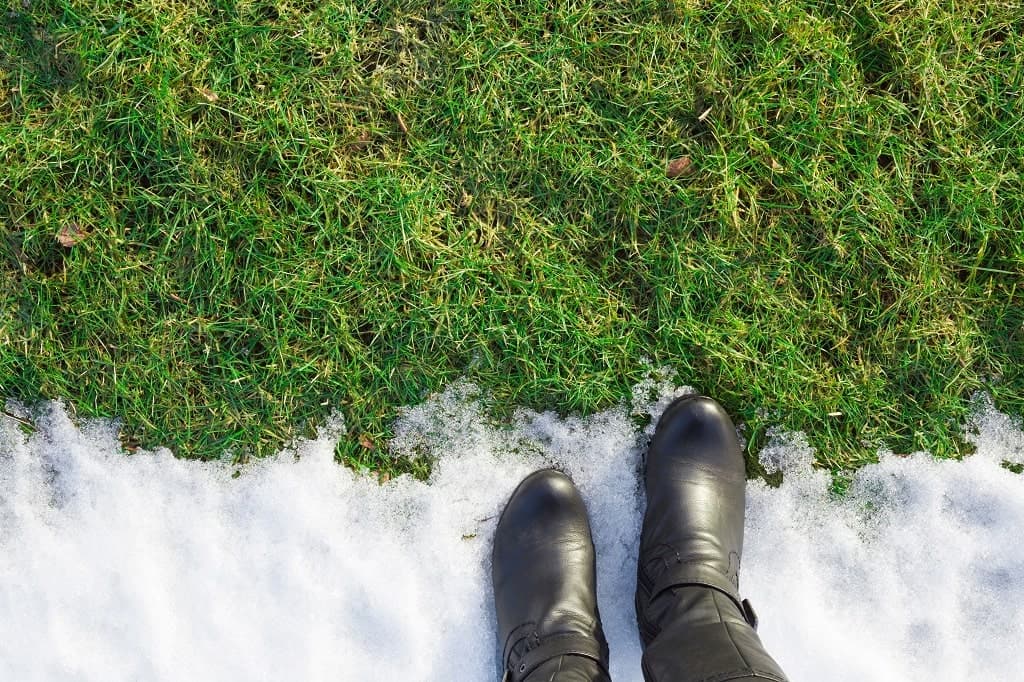

0 thoughts on “What Happens When A Wildflower Dies”